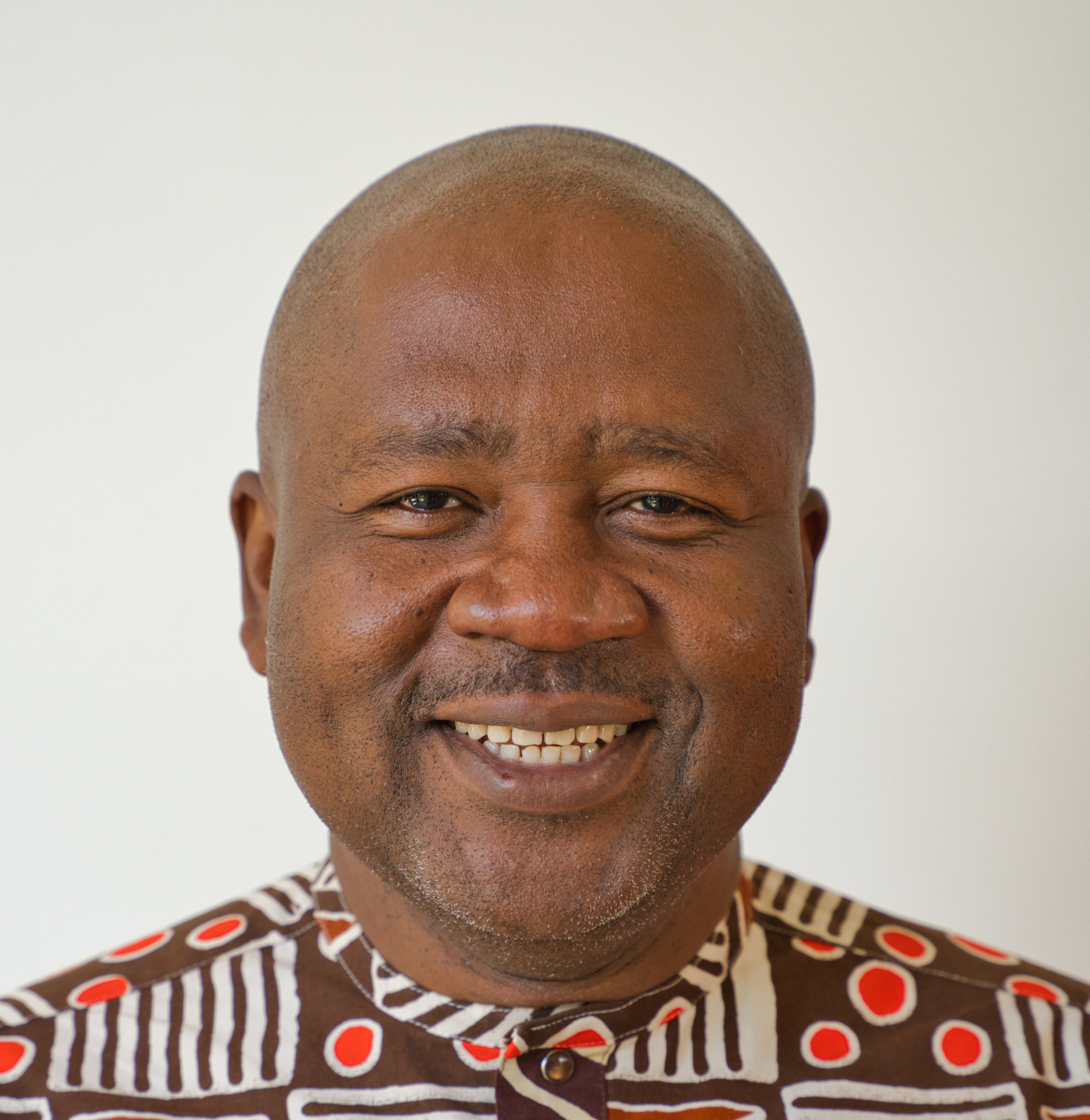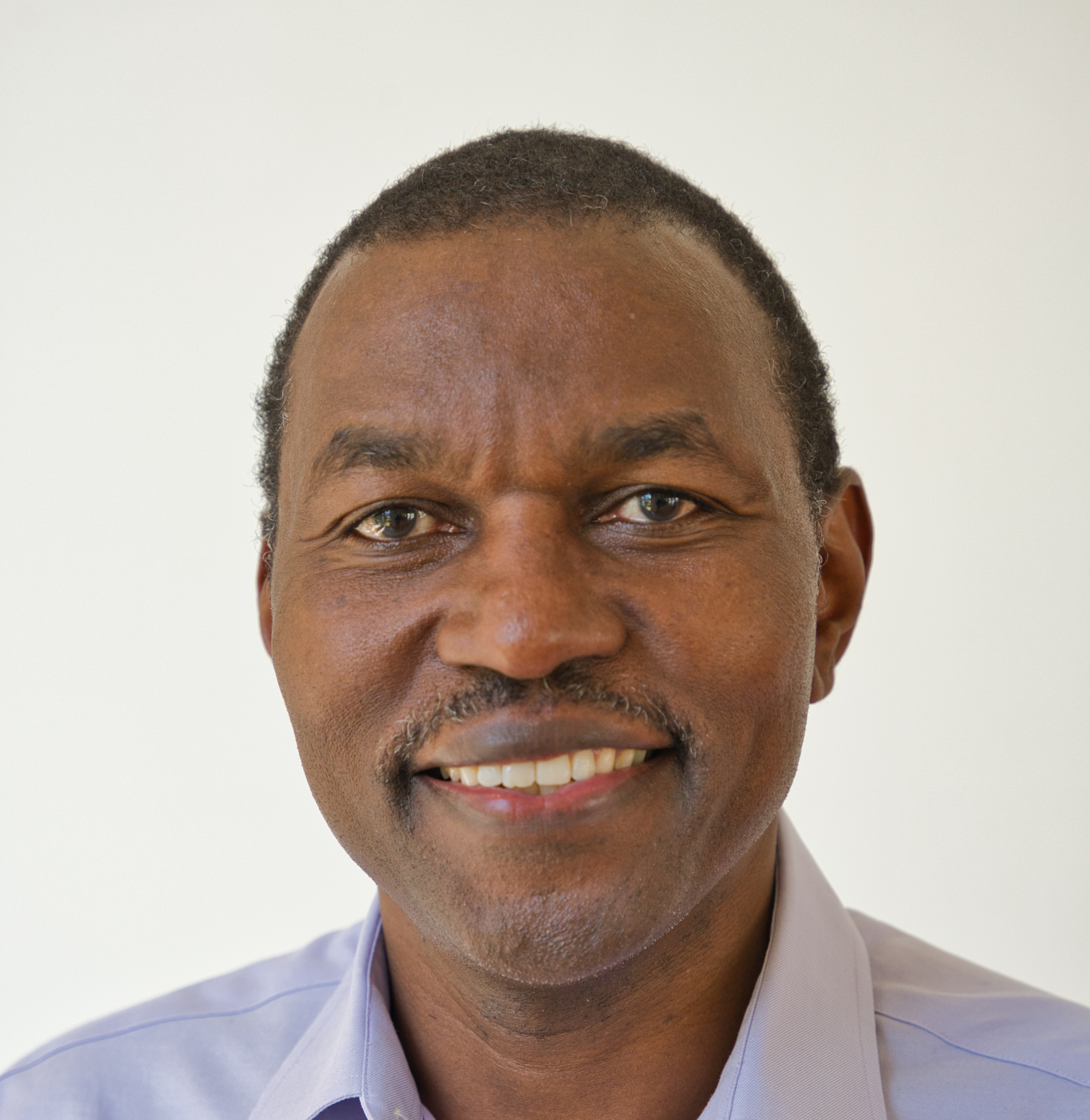Collaborative
Characterising currently circulating HIV in rural forest areas of Cameroon, where ancestors of HIV-1 have been identified
Despite the tremendous gains made towards ending HIV as a public health threat, the epidemic is still far from over. One of the main reasons is the diversity that the HIV group M (HIV-1M) virus exhibits. This affects both vaccine and cure development. To design long-term, globally relevant, biological interventions, it is particularly important to fully understand the biological underpinnings of HIV-1M diversity: how it arose, spread, and influenced the extents and duration of individual HIV-1 sub-epidemics. Cameroon in the Congo Basin region was the site where the virus is thought to have crossed the species barrier and entered the human population. It is expected that the breadth of HIV-1M diversity in the country would be known once viruses are analysed from a number of active infections. In 2023, Tongo Passo and his team performed an epidemiological survey involving blood specimens from approximately 6000 healthy individuals sampled across remote communities in Cameroon; including regions where the initial HIV-1M cross transmission event likely happened. Besides updating data on the prevalence of circulating HIV-1M virus in these regions, they also plan to identify and phylogenetically analyse the current circulating lineages in Cameroon. Further biological characterisation of unique Cameroonian HIV strains would be informative for developing intervention strategies to curtail HIV-1M virulence or epidemic spread.
Preliminary analyses reveals that the prevalence of circulating HIV in these remote communities is around 2.5%, similar to that of urban and semi-urbans regions. This prevalence ranges from 0.7% in the Center to 3.4% in the South region. In addition, the prevalence between men and women is similar (2% vs 3% respectively) and in both groups, participants aged between 35-44 years old are the most affected. Furthermore, there was a drastic decrease of the prevalence over a period of 10 years; from 7% to about 3% in the East and from 5% to 3% in the South for example, although this was not the case in some communities where the number of HIV infections is stable. These data provide useful information to assess the preventive effort of the national AIDS control committee. For example, while there is a decrease in the HIV prevalence across the remote communities worldwide, there are some hotspots of HIV prevalence that need more attention, and attention should be directed to the most affected population (aged 35-44 years). Furthermore, additional and more focussed preventive efforts should be made by competent authorities. In the mean time Tongo Passo and co-collaborators will continue to work on characterising the viruses currently circulating in the Congo Basin in order to understand the diversity underpinnings of HIV-1 group M.


